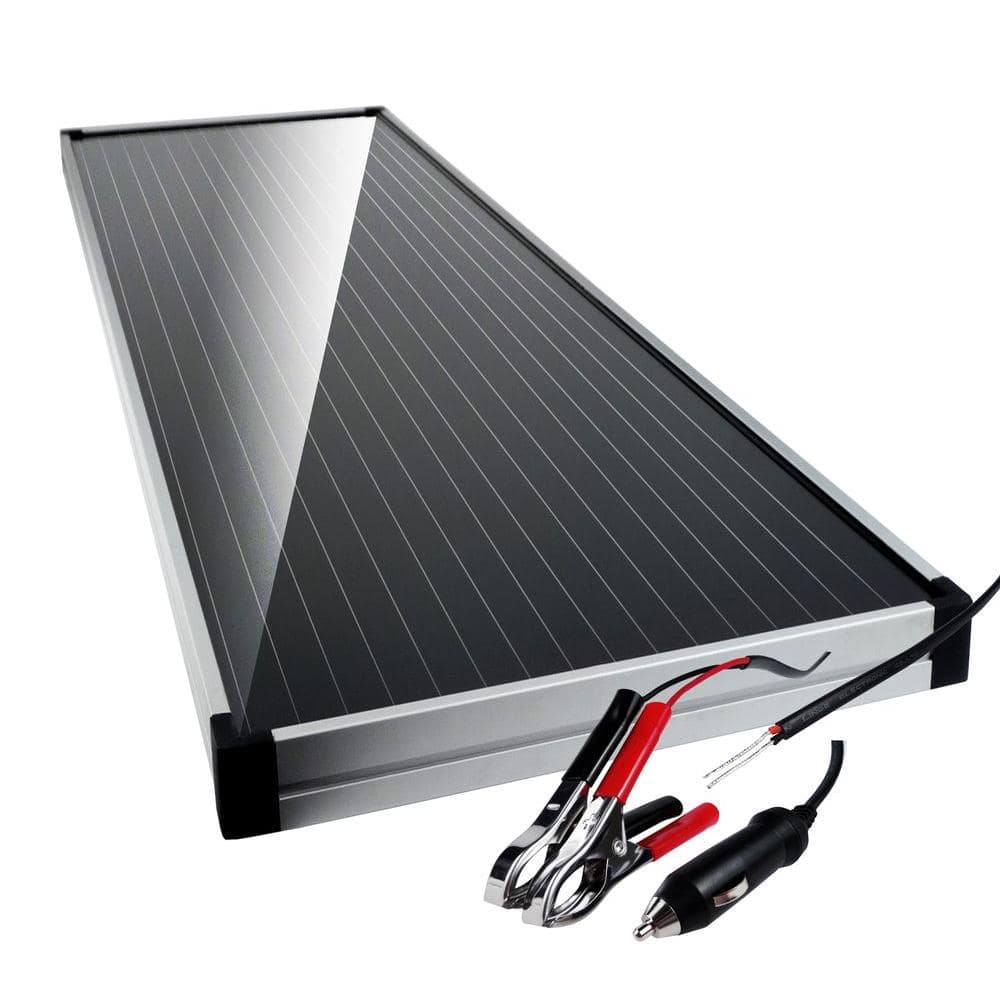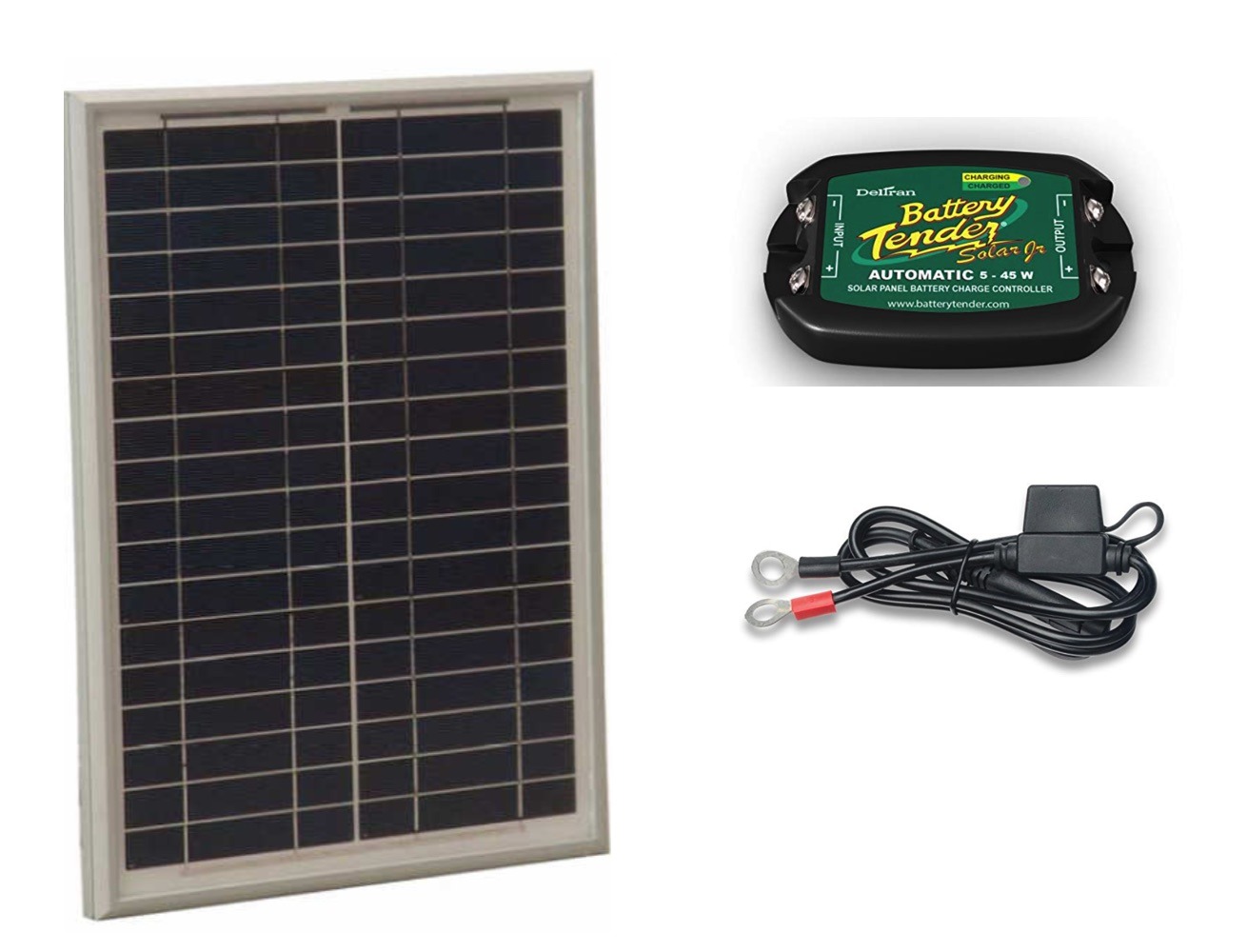


In our tutorial, we’ll start assembling from the source of power to the exit. Use your equipment to find out if the rating on each part is accurate. Then, test to confirm that every component is working.
It’s a safety measure that ends with installing the power source, in this case, the PV panels.īut, it’s not a rule engraved on stone, and you have absolute freedom to start with whatever component you feel like. Some technicians start with the last item on the circuit. Drawing it on paper makes your assembly quick.ĭetermine which components you will start with and which ones will be the last.
#SOLAR POWERED BATTERY CHARGER HOW TO#
The next step is to conceptualize a strategy on how to make your solar battery charger. And you understand how each of these parts works. 3. Have an assembly strategyīy now, you already have every component that your circuit requires. The blue LED shows that your charging is complete, but the red shows charging is in progress before it lights up. You can have two LEDs – one red and another blue- to monitor how the charging occurs. If you connect a USB cable to the poles, you can charge your phone or other appliances. Use an SPDT switch to control the flow and charging process. This could be the place you want to place your phone lithium-ion battery.īut, you can wait a little longer as the booster increases the power from about one volt to five or more. Then, the circuit has a micro-component that allows power to store in the battery.īy now, you’re already charging the battery. The 1N4007 diode prevents the power from flowing back and thus maintains a one-way flow of power. The current flows into the TP4056 through the connection cables. The panel’s photovoltaic cells convert sunlight into DC power. So, seek to know what’s happening in the new circuit, and everything else will be simple. At least, you know why the diode is closer to the panels than the booster. Understanding the role that each component in your circuit plays increases your odds of doing it right. Then, you should possess basic electrical DIY skills such as soldering and following instructions!Ģ. Understand how your solar battery charger will work Of course, the presumption here is that you have all the equipment and won’t have to buy any tools. The battery may cost a few more, but the whole project should not exceed ten bucks. You can test these qualities with your measuring equipment.įor as low as $5, you’ll get a charger that does not require any grid power. Also, peak the diode with a 1A and 1000V reverse voltage rating. Basically, this component prevents the voltage from flowing backward. The 1N4007 diode has to be rated at a high current. If you have any pieces in your electric waste junk, you can source some from there. All requirements are available at your local hardware or electronic accessory stores. The first step is to bring all the hardware required. If you plan a picnic in a remote place, you can replace your power bank with a solar charger. You can charge your mobile phones, electric torches, or other appliance with this solar charger. Now, boost the output from 0.9V to 5V by connecting the corresponding poles of the battery to the booster. Connect the positive and negative of the board to the corresponding ends of the battery. Then, tie a 1N4007 diode on the positive connecting cable. In elaborate words, connect the photovoltaic cells to the TP4056 battery charger unit. Use a voltage booster to increase the voltage to 5V DC power. Connect the solar cells to the TP4056 charger and then the 18650 lithium battery.

Making a solar battery charger from scratch is simple. Follow the steps keenly as we seek to make a lithium 18650 solar battery charger with readily available materials. Here, the aim is to develop a quick fix that powers your devices with the sun. Having a DIY skill in electronics is not only a hobby but also a survivalist advantage. Are you a fan of DIY electronics? You’ll enjoy learning how to make a solar battery charger from scratch!


 0 kommentar(er)
0 kommentar(er)
